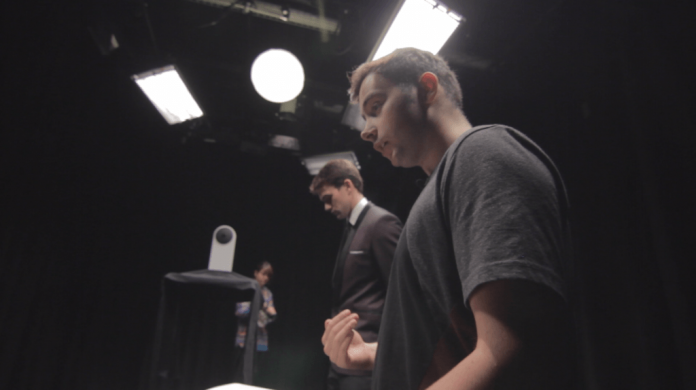Virtual reality (VR) is an entirely new medium, so fans will naturally expect to see some of the staples of other media translated over to the technology in the years to come. It was something of a given, then, that the ever-popular work of William Shakespeare would show up on head-mounted displays (HMDs) at some point. Convrgency, an experimental VR lab formed by Harvard Students, is the first team to take a stab at this, today announcing that it will be bringing one of Shakrespeare’s most beloved plays, Macbeth, into VR.
The team is working on an interpretation of the play – directed by Connor Doyle – that can be viewed in 360 degrees. A video of their work can currently be seen over on an official website. It can also be viewed using a Google Cardboard mobile HMD by downloading the Vrideo app. Along with Head of Operations Jamie Herring, Doyle has refashioned the play to be centred around a 360 degree camera that serves as the viewer’s perspective, bringing them closer to events. In certain moments the characters even address the audience directly, peering into the camera as if to make eye-to-eye contact with them.
“Shakespeare reimagined story. His works are also universal,” Herring says on the decision to adapt Macbeth into VR over on Convrgency’s site. “Taught and read in practically every country in the world, he oozes universality. Having been read and studied and performed over and over again in various different locations and standpoints, to transpose Shakespeare into the VR world is therefore a natural step. Rather than follow the mindsets of the rest VR industry, we seek to simply tell a story. This is what Shakespeare did. Therefore, we believe Shakespeare goes hand in hand with Convrgency, as well as with how stories should be told.”
VRFocus will continue to follow Convrgency’s work in VR, reporting back with any further updates from the group.
-END-
The post Harvard Students Bringing Shakespeare’s Macbeth to VR appeared first on VRFocus.















